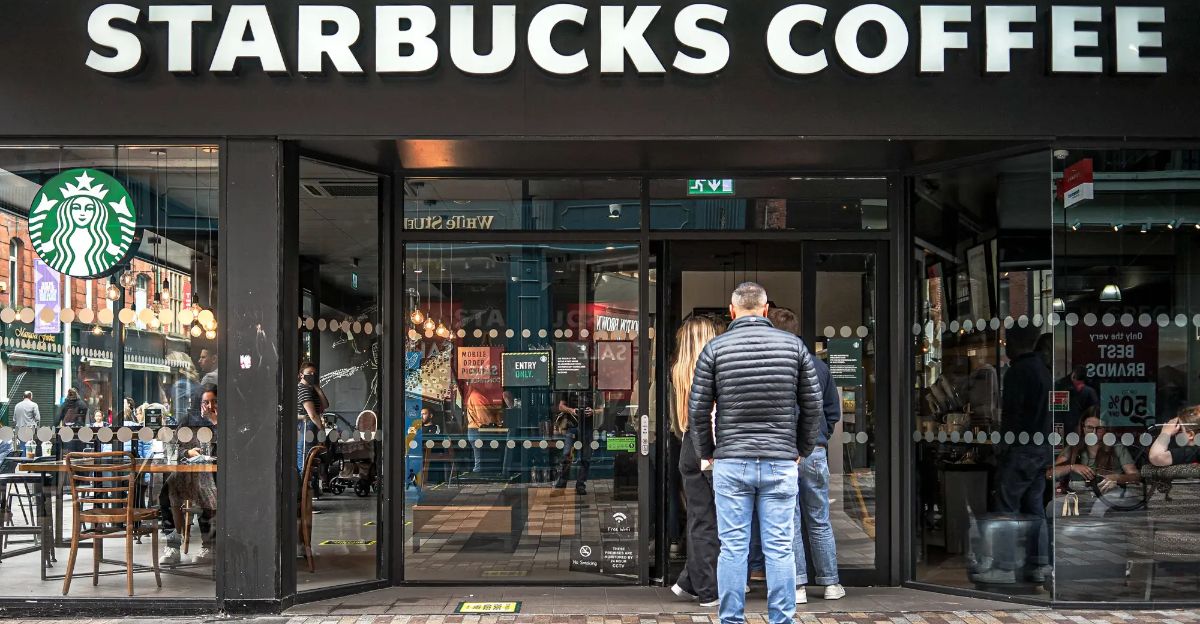
Starbucks, the world’s largest coffee chain, recently announced its plan to close nearly 1% of its stores in North America by the end of 2025. This accounts for more than 180 locations, including sites in major U.S. and Canadian cities.
The move comes as Starbucks faces evolving consumer behavior and changing urban landscapes, reshaping how millions experience their daily coffee rituals.
The Drivers Behind Starbucks’ Restructuring
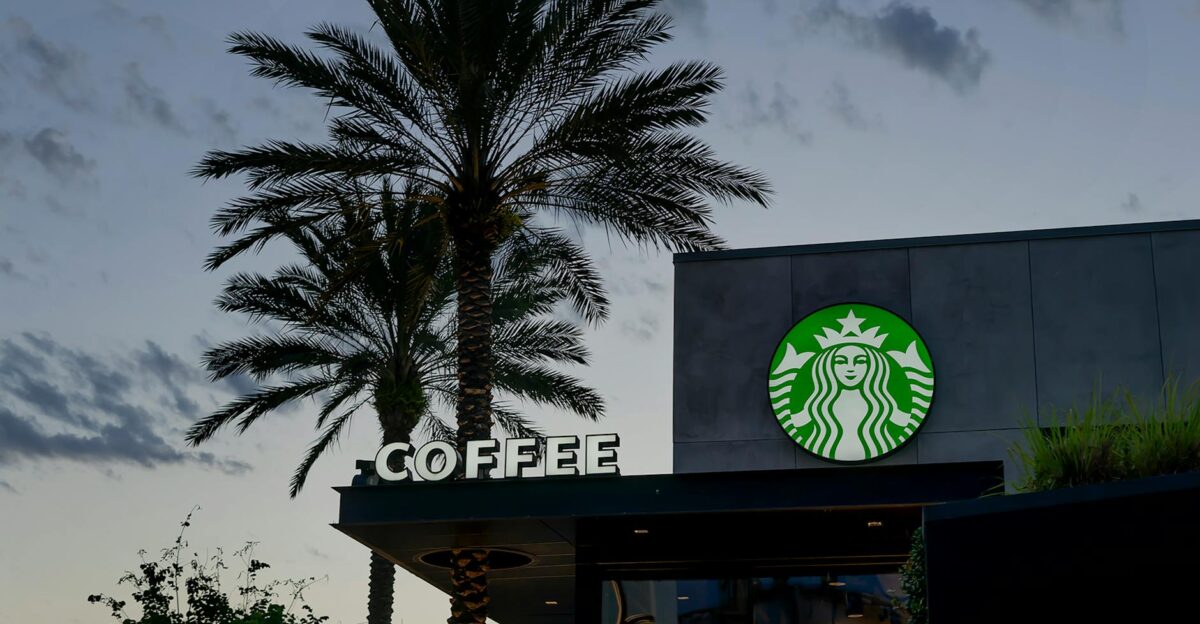
The company’s CEO, Brian Niccol, attributed the closures to ongoing declines in same-store sales and increased labor and operational costs.
Experts, such as retail analyst Shelley Kohan, note that many of the affected stores struggle with profitability due to reduced city-center traffic and shifting retail trends.
Starbucks’ “Back to Starbucks” plan aims to streamline operations and build a more resilient business model for long-term stability.
Customers Across Cities Feel the Impact
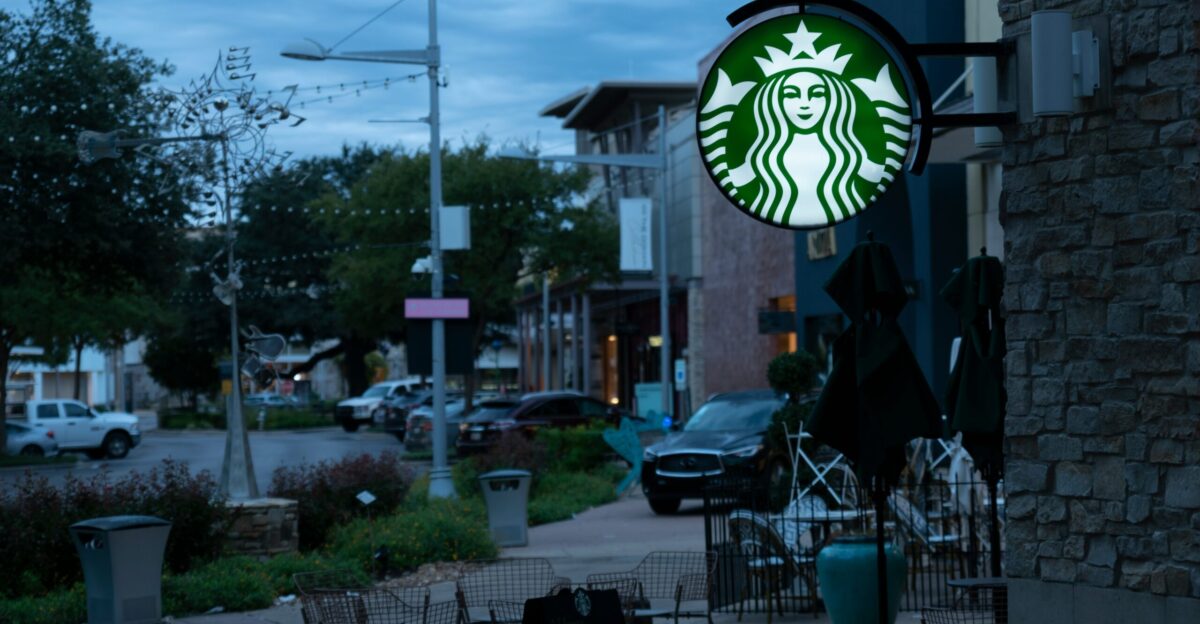
Starbucks’ decision immediately impacted the routine coffee runs of customers in cities such as Seattle, Toronto, Los Angeles, and New York.
Numerous regulars were surprised to find their local stores closed, with some facing longer lines and wait times at other locations.
These closures challenge urban dwellers’ coffee habits and underscore rapid shifts in the way people commute and socialize.
Competitors Respond to Fill the Gap
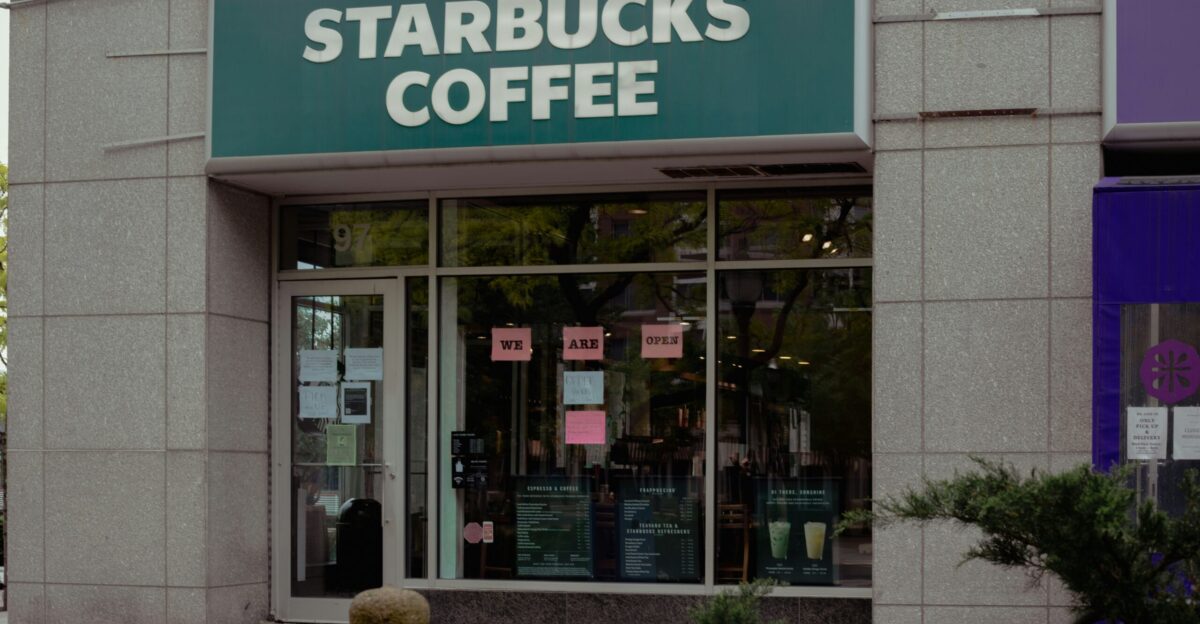
Other coffee brands and independent cafés have been quick to respond, with some witnessing increased store traffic as Starbucks exits high-profile areas.
Dunkin’, Tim Hortons, and local roasters expanded promotional offers, targeting displaced Starbucks customers. This competitive jostling suggests a broader shake-up within the North American coffee market.
At-Home Coffee Sales Rise Amid Closures

Retail and grocery coffee sales surged following Starbucks’ announcement, as customers looked for alternatives to their usual coffee runs.
Market research agencies report increased demand for home-brewing equipment, supporting the rise of “coffee-at-home” routines.
Brands like Keurig and Nespresso have benefited from this sudden shift in consumer behavior, reflecting broader changes in daily habits.
Closures Hit Canada and Beyond
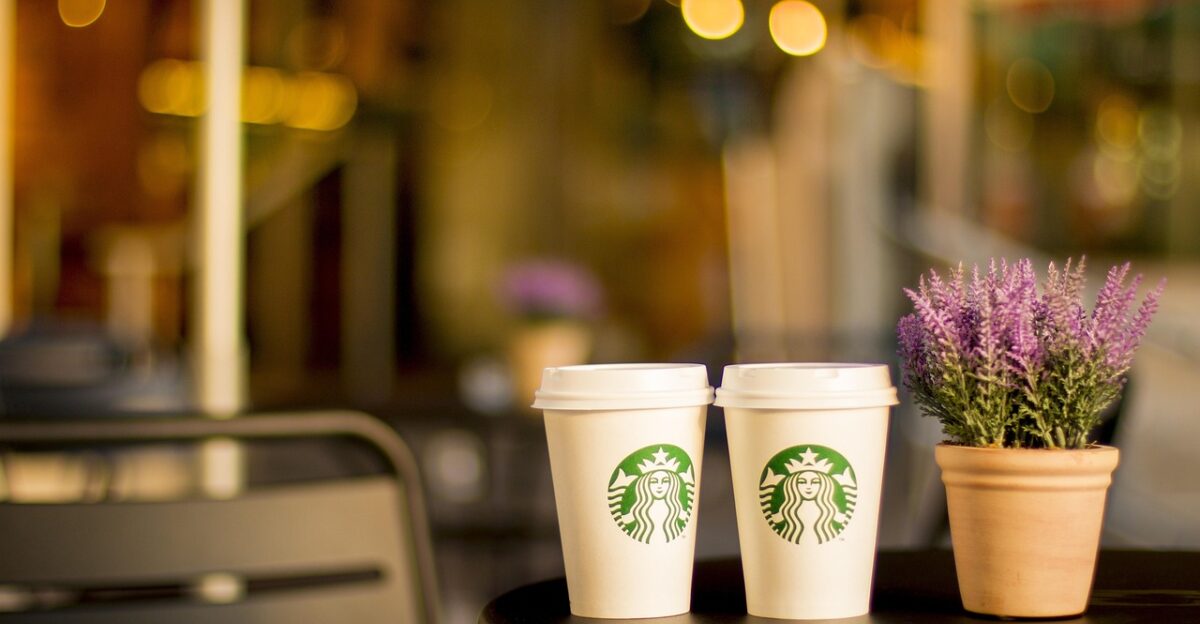
Toronto and other Canadian cities have seen at least a dozen Starbucks locations shutter, highlighting the breadth of the company’s retrenchment.
Analysts say these cuts also respond to reduced downtown foot traffic and the trend of remote work, with downtown office vacancies rising in both Canadian and U.S. cities. Starbucks plans continued expansion in Asia while scaling back in North America.
Employees Are Directly Affected
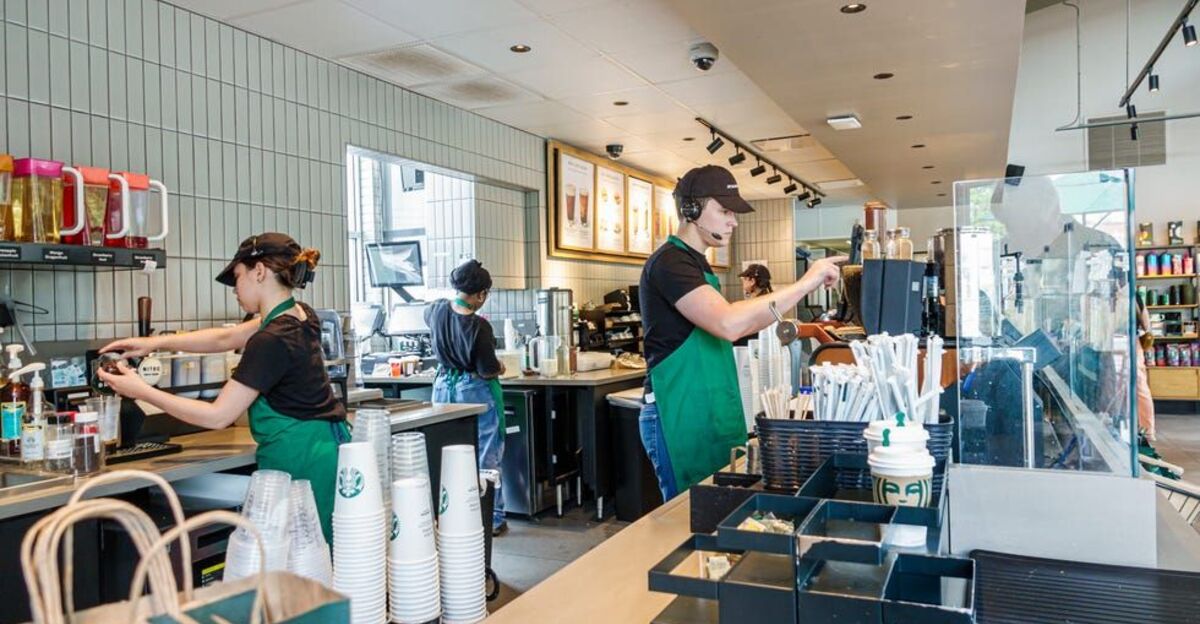
Starbucks announced approximately 900 corporate layoffs, including positions in both store support and management.
While some retail workers were offered transfers or severance packages, others must seek new employment.
Labor advocates and experts argue that these cuts reveal the volatility facing staff during major corporate restructuring, raising questions about job security across the industry.
Local Officials Track Real Estate Vacancies
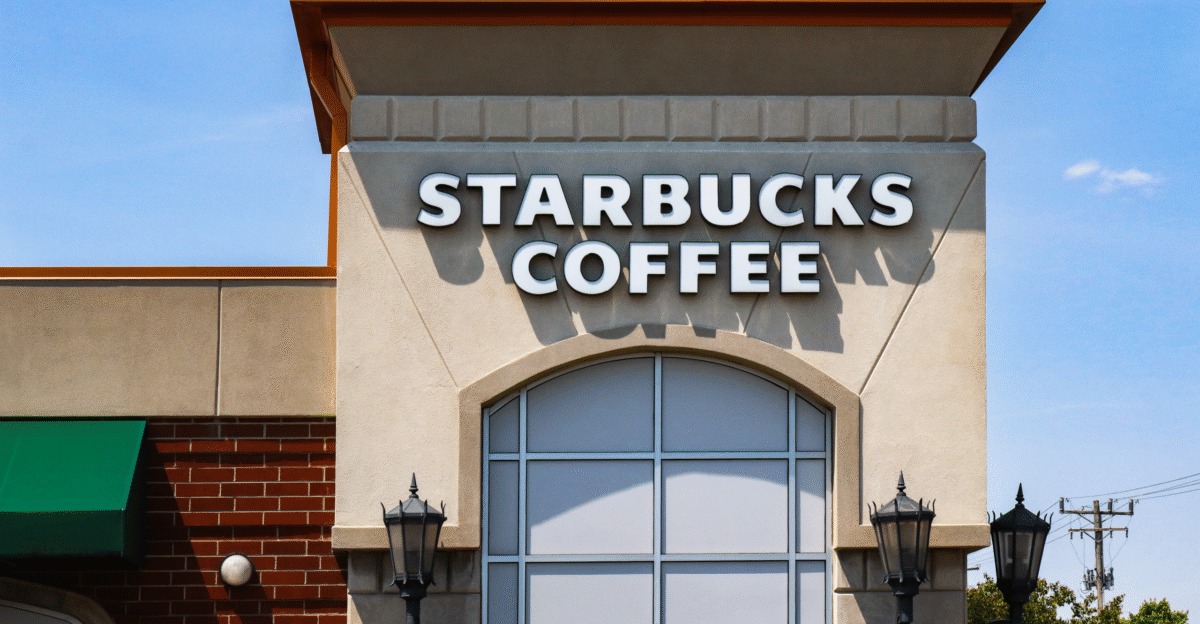
The closing of dozens of Starbucks stores has left visible gaps in urban retail strips. City councils in New York, Seattle, and Toronto are monitoring the trend, exploring incentives for landlords to attract new businesses quickly.
Urban planning experts warn that vacancies left by prominent brands, such as Starbucks, can impact neighborhood vibrancy and real estate values.
Economists See a Retail Signal
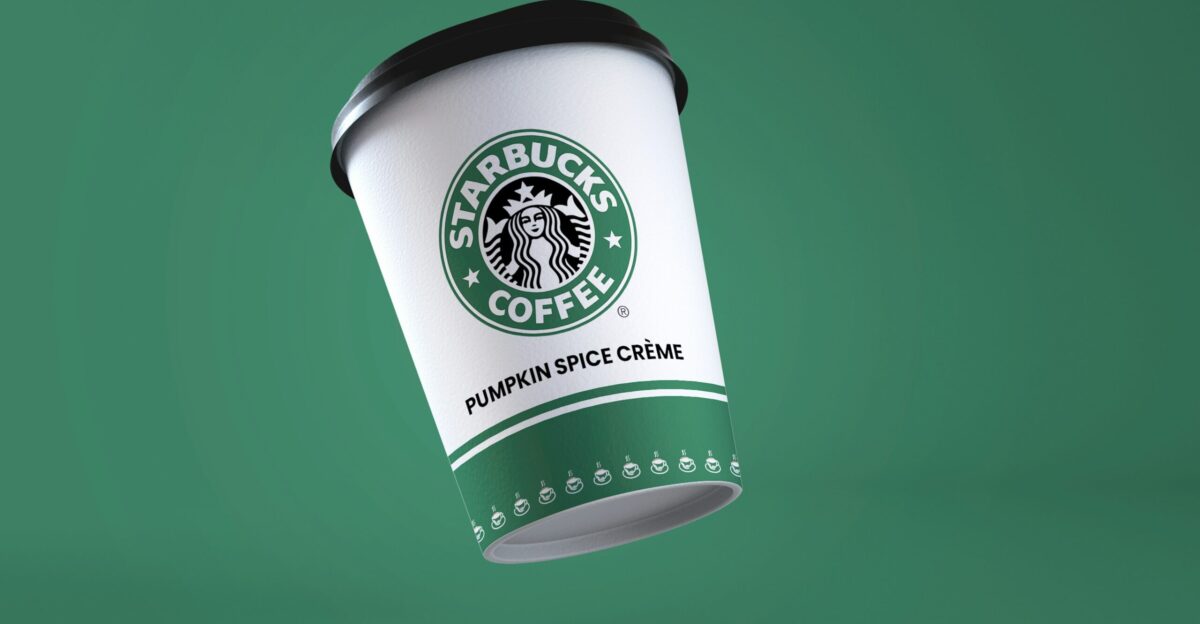
Economic analysts view Starbucks’ retrenchment as a signal of persistent cost pressures in the North American retail sector.
Persistent inflation and higher wage expectations have compelled many chains, not just those in the food and beverage sector, to reassess their geographical footprints.
Starbucks’ decision may influence similarly positioned retail giants to consolidate or refocus their own U.S. operations.
Mall Owners and Shopping Centers Adapt Strategies
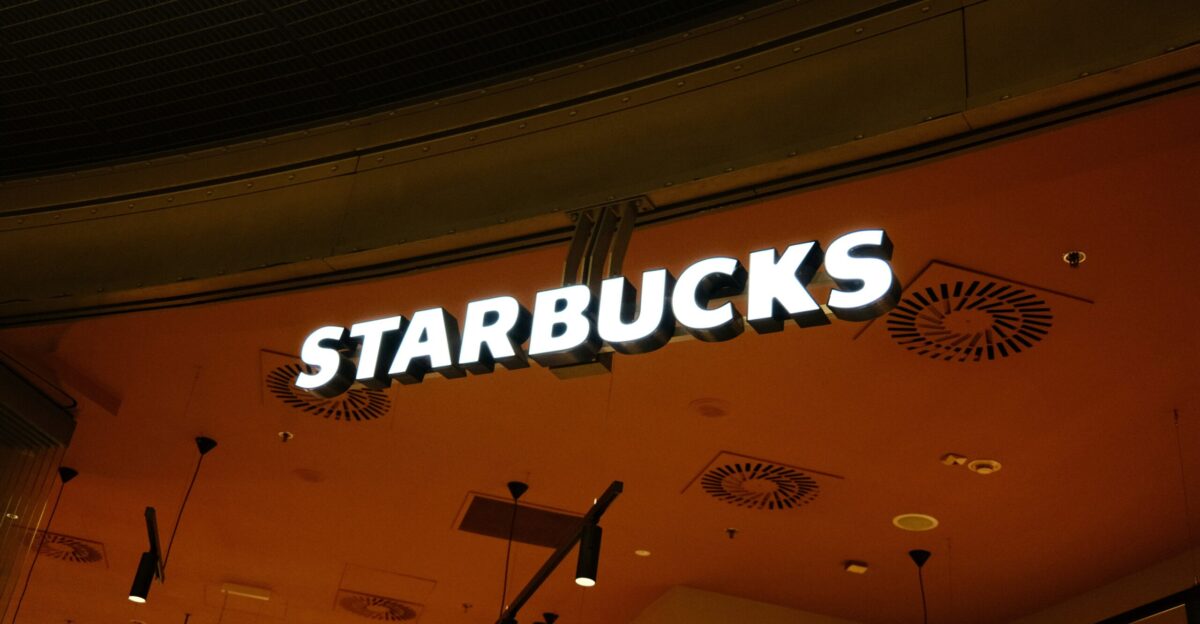
Shopping center owners are quickly filling the spaces vacated by Starbucks. Many are courting fast-casual and local food brands to maintain foot traffic and avoid a perception of decline.
Leasing agents are offering short-term deals and other incentives, betting that a diverse mix of tenants will keep malls vibrant while reimagining their own business models.
Restaurants and Chains Rethink Coffee Offerings
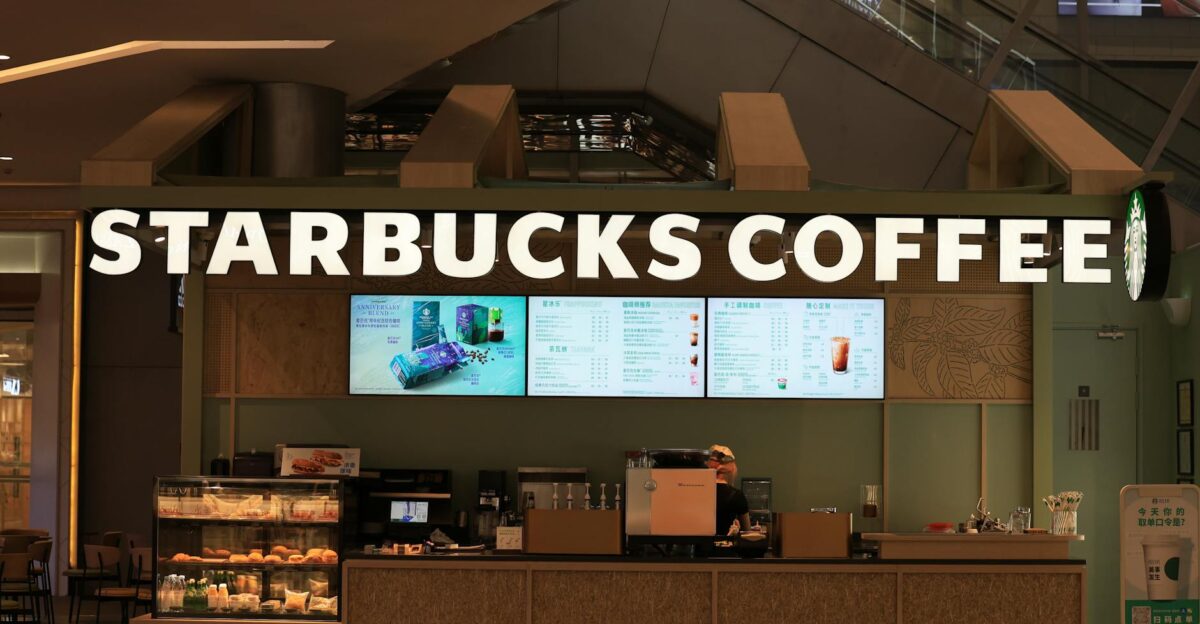
Restaurant brands located near closed Starbucks locations are expanding their coffee options to capture lost traffic.
Companies like Panera Bread and McDonald’s are introducing new premium coffee lines and breakfast deals to appeal to commuters. This response shows how changes at one industry leader can quickly ripple throughout the restaurant sector.
Supply Chain Responds to New Market Dynamics
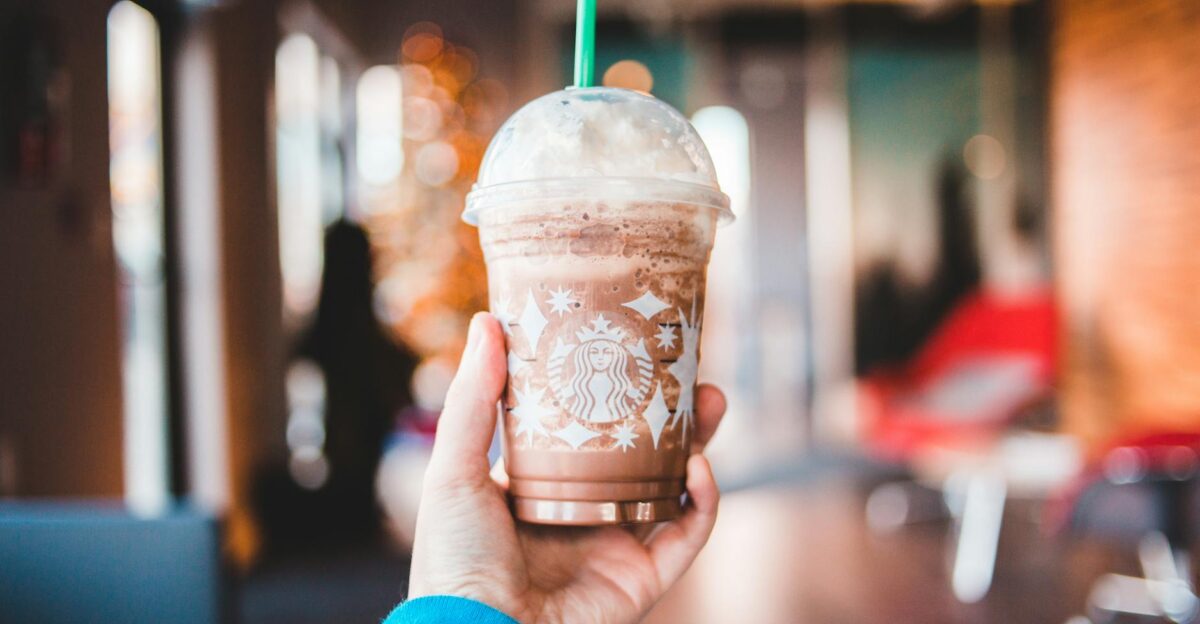
Starbucks’ suppliers, ranging from dairy producers to packaging companies, report reduced order volumes from the coffee giant, but increased orders from competitors and independents.
Experts in supply chain management note that such adjustments can create opportunities for smaller firms and encourage innovation, even as large-scale shifts unfold in real-time.
Starbucks’ Shrinking Footprint, Global Coffee Grows
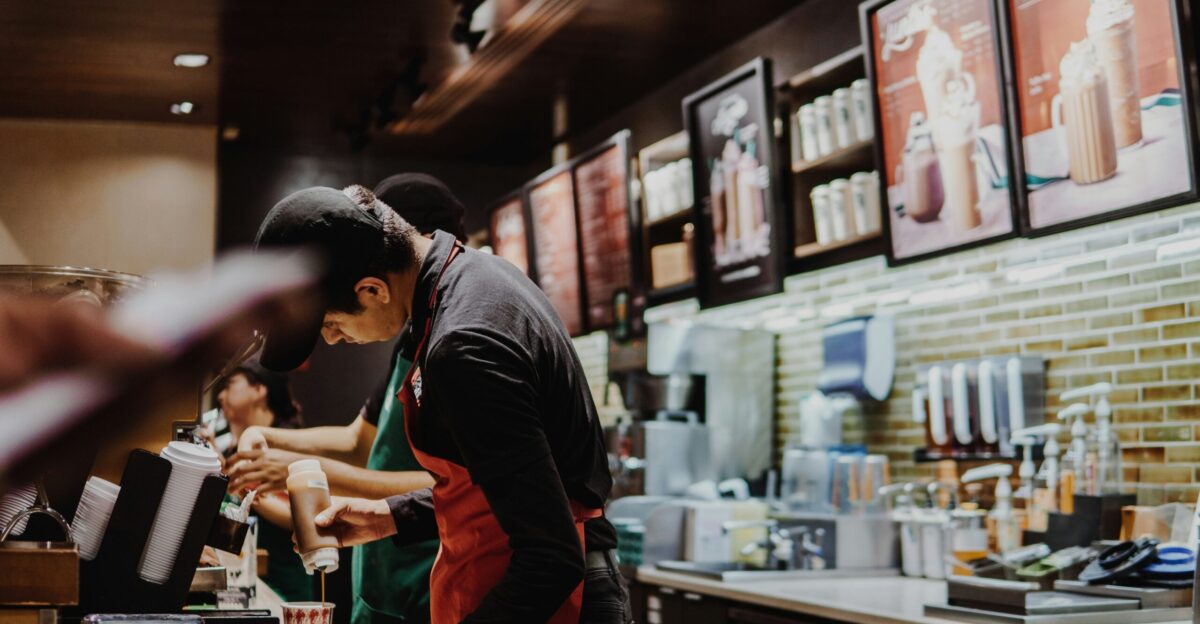
Despite closures in North America, global coffee demand remains robust, with the International Coffee Organization projecting nearly 2% year-over-year growth.
Starbucks itself is opening new stores in Asia and the Middle East, capitalizing on a strong overseas consumer appetite. This divergence highlights the regional variability in how corporate strategy responds to market conditions.
Work-from-Home Trends Drive Coffee Evolution

The sustained popularity of remote and hybrid work models has dramatically changed coffee consumption patterns.
Industry analysts report that many former urban commuters now brew coffee at home, which challenges the traditional café-based sales model.
Starbucks continues to invest in digital ordering and suburban drive-thrus to serve these shifting demands better.
Sustainability and Retail Footprint Debates Emerge
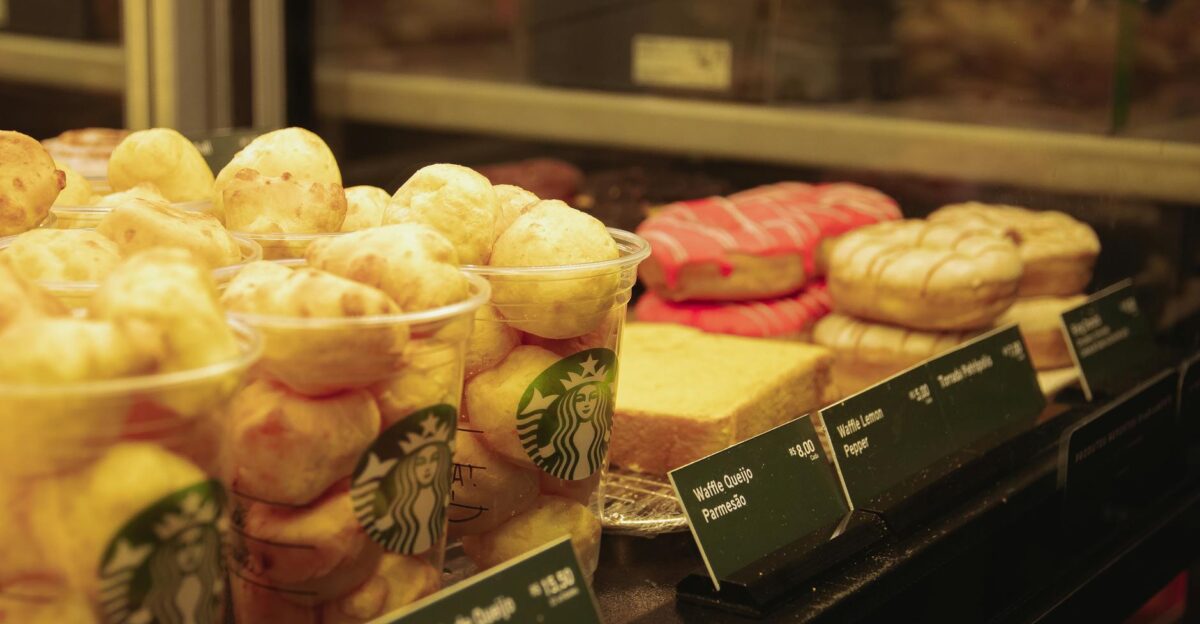
Environmental advocates view store closures as an opportunity for Starbucks to reduce energy use and material waste associated with underperforming locations.
However, others question whether a shift to more suburban, car-centric formats could lead to increased emissions.
Starbucks pledges to retrofit closed properties and improve energy efficiency in all new construction going forward.
Independent Cafés Benefit from Starbucks’ Retreat
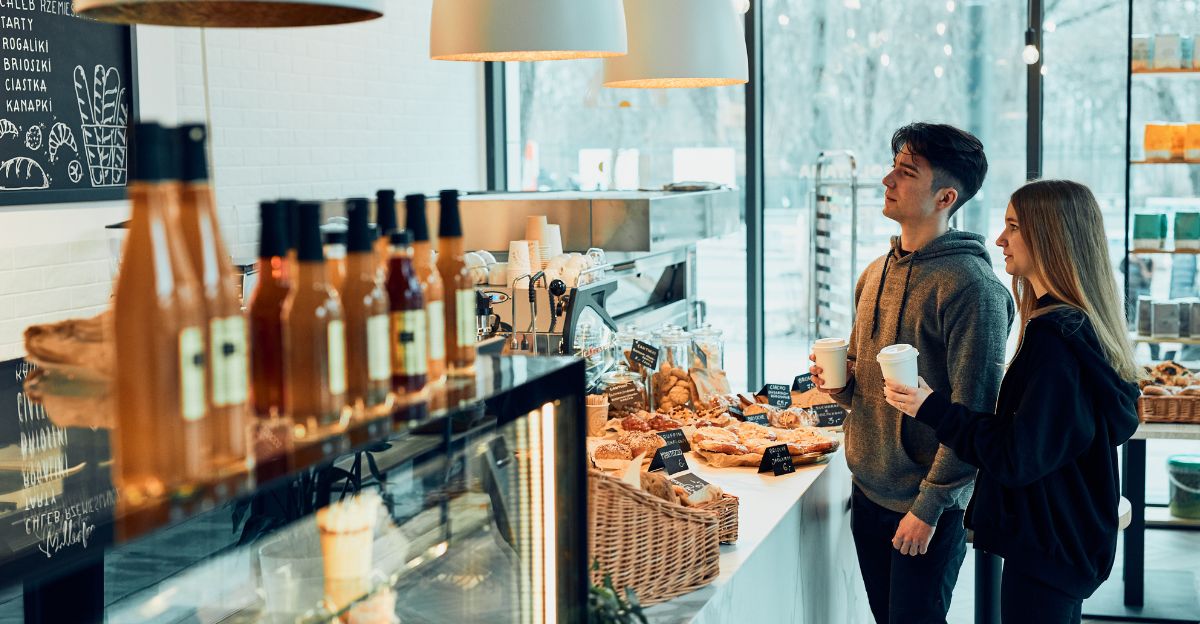
Small coffee shops are experiencing a modest increase in foot traffic as Starbucks vacates prime urban locations.
The National Café Association notes that these gains are most substantial in neighborhoods that previously supported several Starbucks locations, suggesting both opportunity and risk for independent business owners as local demand is redistributed.
Financial Markets React Cautiously
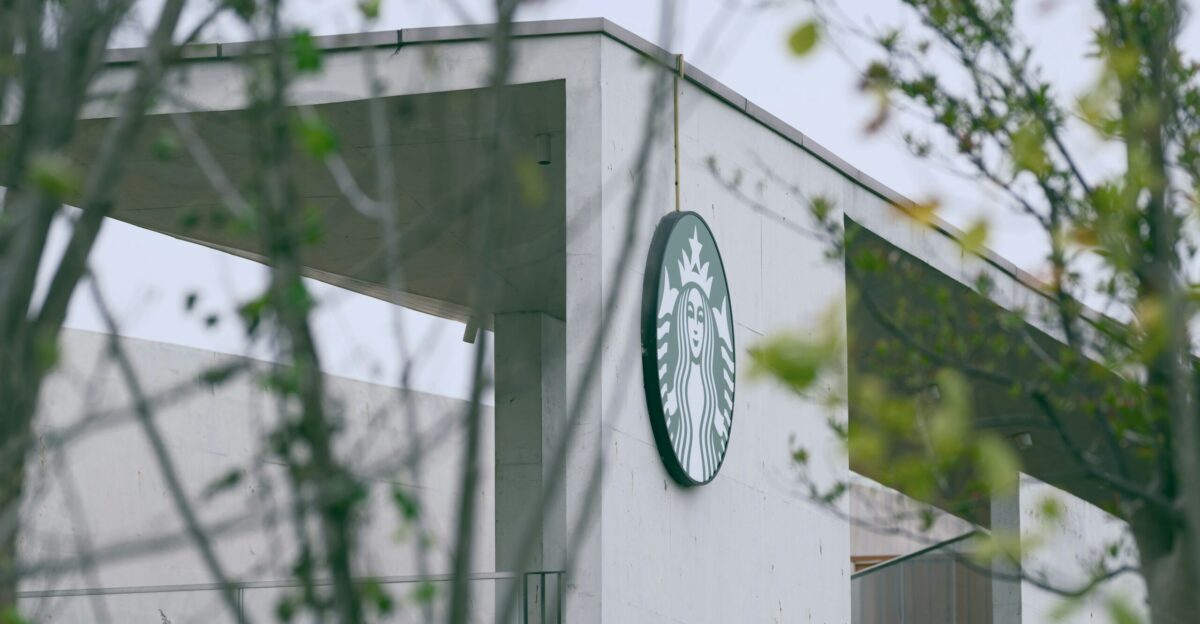
Investors showed initial support for Starbucks’ restructuring, with the company’s shares holding steady after the announcement.
Financial analysts at Goldman Sachs emphasize that while consolidation is sometimes necessary, such moves carry reputational risks if customers perceive the company as unstable. Market watchers will closely track Starbucks’ results over the next several quarters.
Navigating the Transition

Experts recommend that Starbucks customers check the company’s app before visiting to confirm which locations remain open.
Loyal patrons are also encouraged to redeem their rewards accounts promptly, as unused balances may be forfeited if a local store closes.
Evaluating alternative café options or grocery coffee brands can help consumers adjust to ongoing changes in 2025.
Starbucks’ Next Steps: Building for the Future
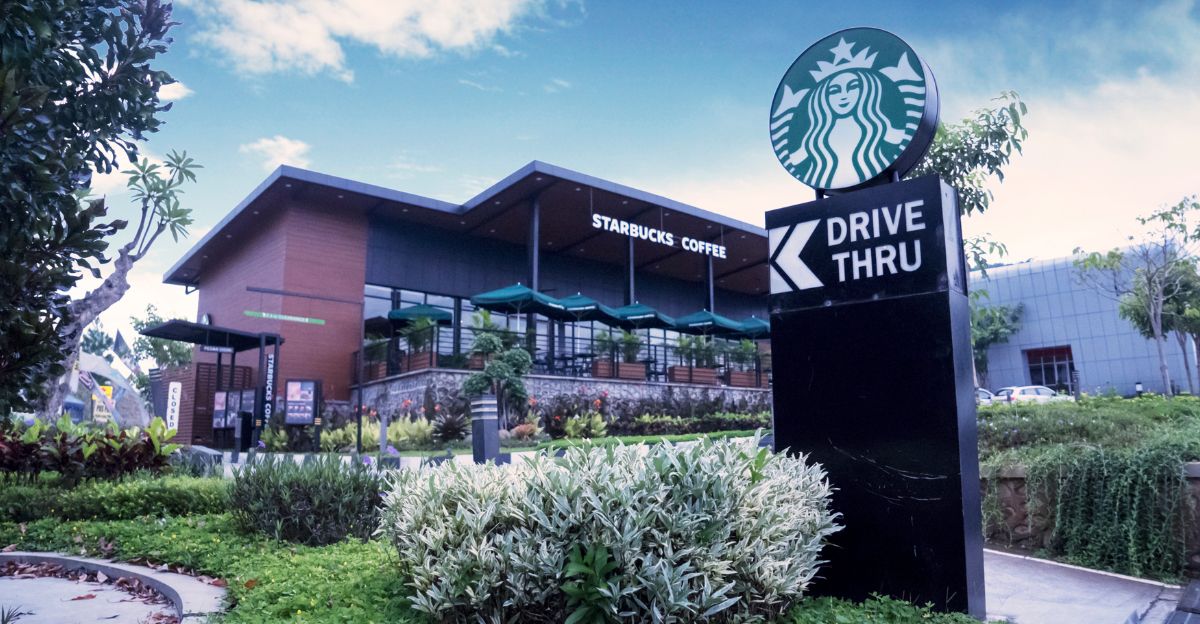
Starbucks plans to invest in smaller, tech-equipped stores, with new locations set to open in high-growth regions such as Texas and Florida in 2026.
CEO Brian Niccol says the company’s goal is a more nimble, customer-focused retail experience, aligning with the broader retail shift toward convenience and efficiency. Major renovations and store upgrades are now underway.
Broad Lessons from Starbucks’ Restructuring
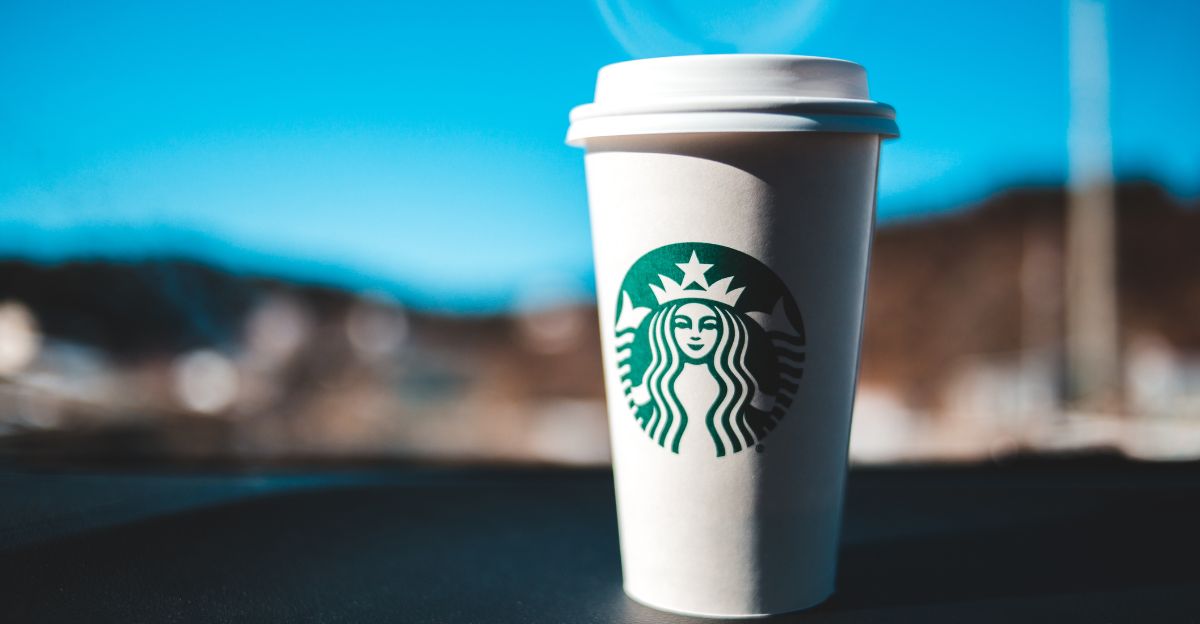
The Starbucks closures reflect a wider post-pandemic reset for retailers across North America. Other major brands are likely to respond with similar adjustments to match evolving consumer behavior and macroeconomic challenges.
As Starbucks repositions for the future, its ongoing changes offer a window into how global firms must balance tradition with innovation.